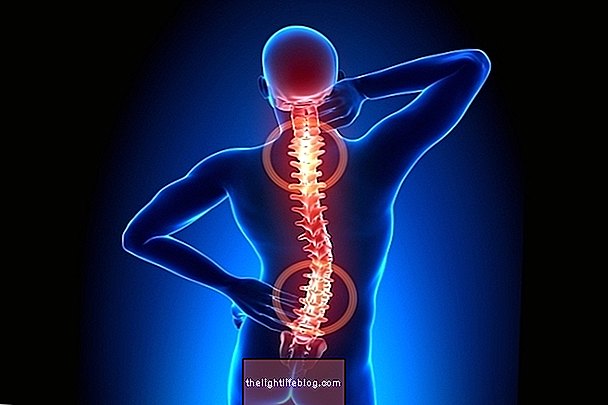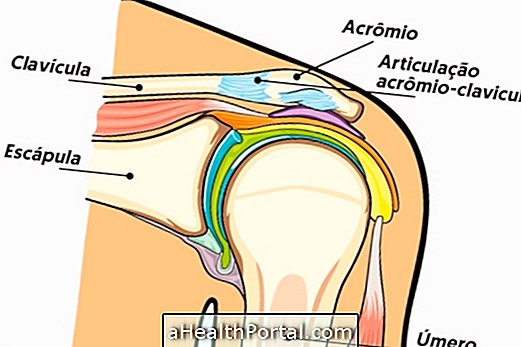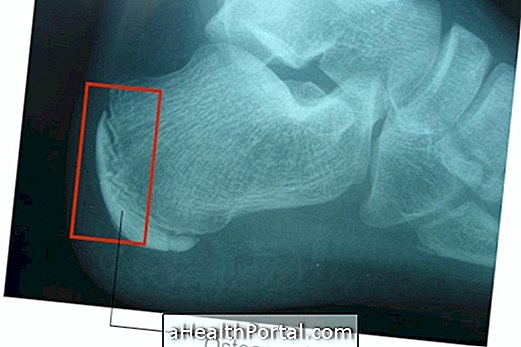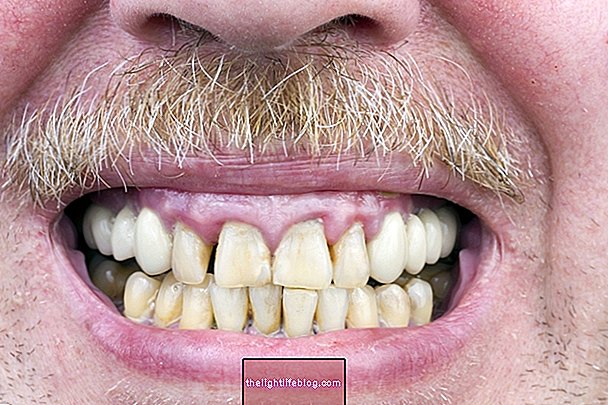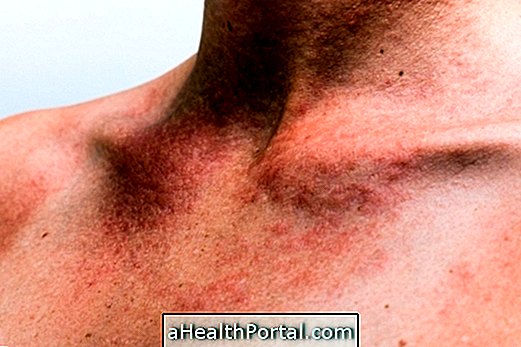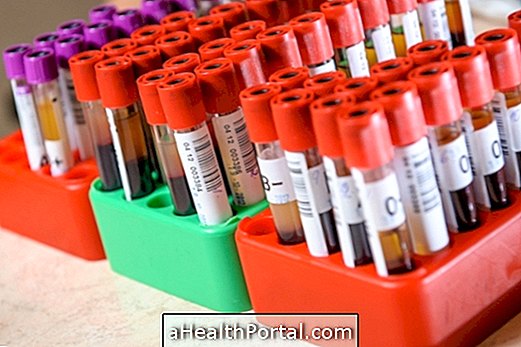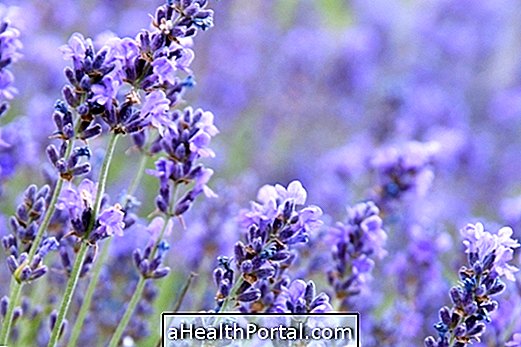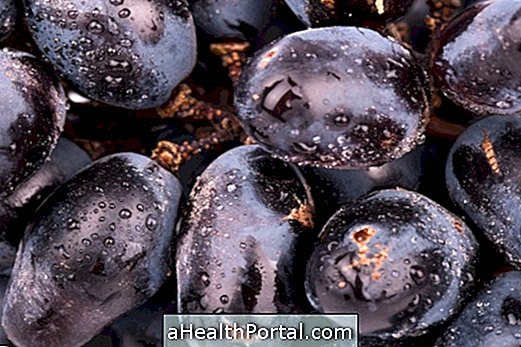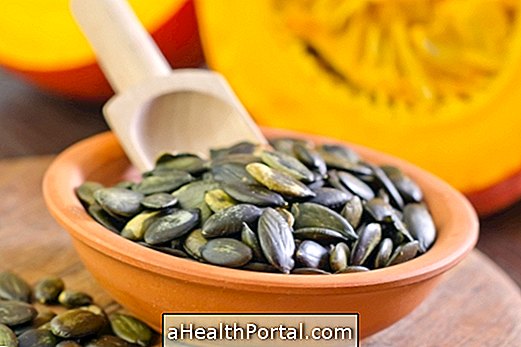Tendonitis in the hand is an inflammation that occurs in the tendons of the hands located in the dorsal or ventral part of the hand. Overuse and repeated movements can be the cause of tendinitis, developing symptoms such as swelling, tingling, burning and pain in the hands, even with small and slight movements.
The individuals most affected with this type of tendonitis are the cleaning women, seamstresses, masons, painters, people working typing many hours in a row, assembly line workers, who perform the same task for hours, people who use the computer mouse a lot and all those who perform tasks related to the frequent and repetitive use of hands.
Symptoms and how to identify
Signs and symptoms that may indicate inflammation in the tendons of the hands may be:
- Localized pain and weakness such as difficulty in holding a full glass of water and
- Pain when doing the rotating movement with your hands as when opening the door handle or opening a faucet.

When the individual realizes that the symptoms are frequent, they should seek a physiotherapist or orthopedist who will have an accurate diagnosis through specific tests performed in the office and in some cases it may be necessary to perform an X-ray. Pain provocation tests are an excellent tool that the physiotherapist can use to identify the exact location of the pain and its extent.
6 Steps to Treat Tendonitis in Your Hands
The treatment can be done with ice packs, use of anti-inflammatory, muscle relaxant indicated by the doctor and some sessions of physiotherapy to relieve pain and discomfort, combating inflammation, improving hand movement and the quality of life of the person . See the steps required.
1. Resting
It is important to avoid wearing the joint and polishing the tendons, giving the necessary rest, so whenever possible avoid straining your muscles and try to use rigid splint to immobilize the hand and see the possibility of moving away from work for a few days.
2. Apply ice
You can apply ice packs to the area painfully, 3 to 4 times a day because the cold decreases pain and swelling by relieving symptoms of tendonitis.
3. Use drugs
Drugs should only be used for 7 days to avoid stomach problems and taking a fasting gastric shield as Ranitidine may be helpful in protecting the stomach walls from drug gastritis. The doctor may also indicate the use of anti-inflammatory ointments such as Cataflan, Biofenac or Gelol by performing a brief massage at the pain site until the product is completely absorbed.
4. Physiotherapy
Physiotherapy should preferably be performed daily to combat symptoms and cure tendonitis faster. The physiotherapist will be able to indicate the use of ice, devices like tens and ultrasound to combat pain and inflammation, as well as stretching exercises and muscle strengthening because when muscles and tendons are properly strong and with good amplitude, there is a lower probability of tendinitis .
5. Food
You should prefer anti-inflammatory and healing foods like saffron and boiled egg to expedite healing.
See a specific technique against tendinitis and how the nutrition can help in the following video with physiotherapist Marcelle Pinheiro and nutritionist Tatiana Zanin:

6. Surgery
When previous treatments are insufficient to control symptoms and cure tendonitis the orthopedist may indicate that surgery is performed to shave the tendons by eliminating the localized nodules, thus decreasing the thickness of the affected tendon. However, after surgery you usually need to go back to physical therapy sessions.
Check the signs of improvement and worsening of tendonitis here.
Treatment time varies from person to person, and if the injury is still treated early in the onset of symptoms, within a few weeks healing can be achieved, but if the person only seeks medical or physical therapy help after months or years of symptoms installed, recovery may be prolonged.


